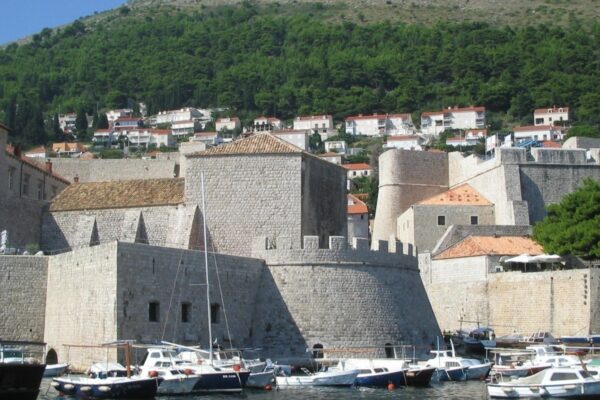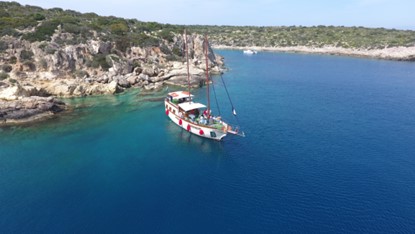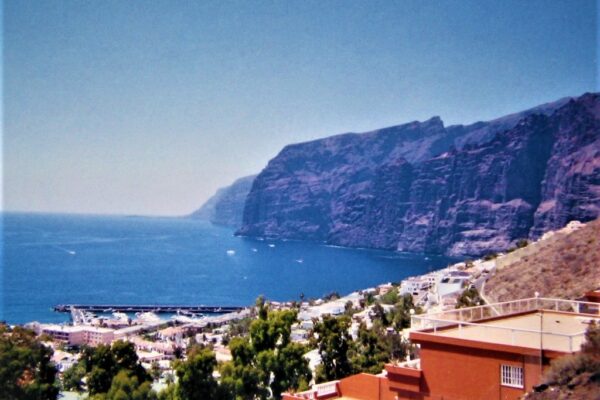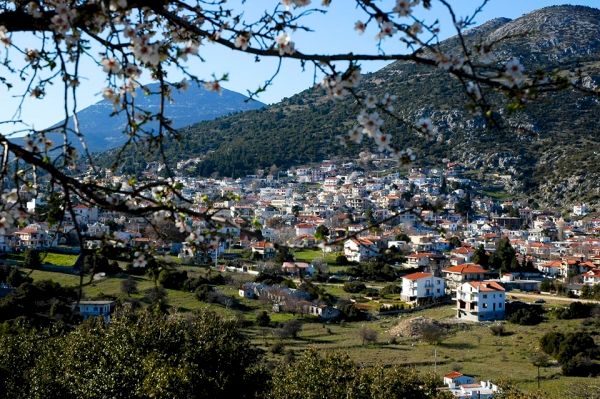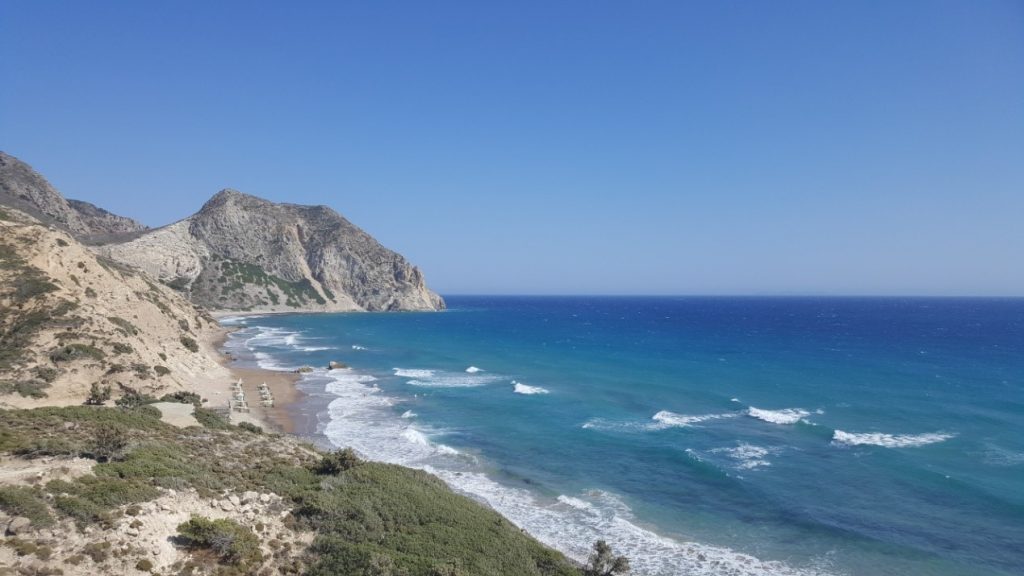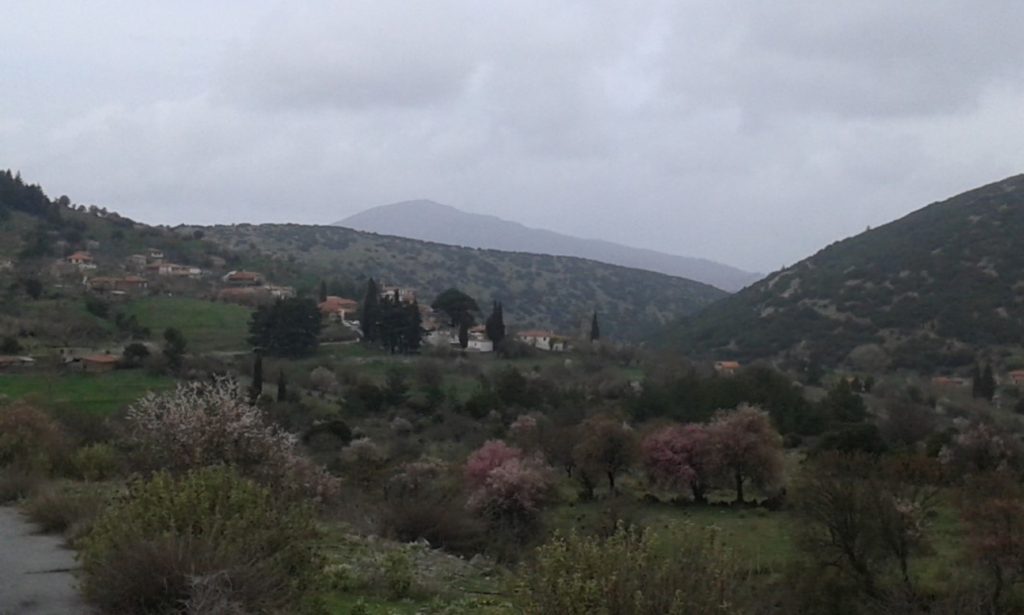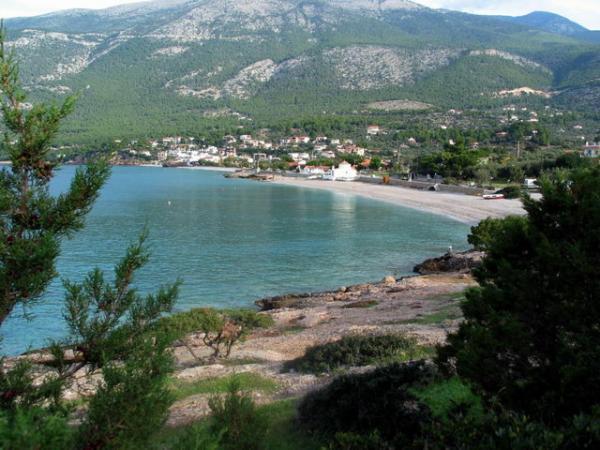10 Captivating Capitals of Europe
STRIPE, LATVIA
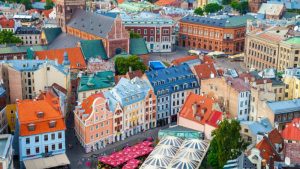 Riga was founded in 1201 and is the capital of Latvia, one of the three Baltic countries, such as Estonia and Russia. Built next to the river Daugava He was a former member of the Hanseatic League (Merchant compound mainly of the Baltic Sea and the Northern German cities) and large industrial city in the former Soviet Union. The Old Town has many medieval characteristics and architectural elements of art Giougkenstil, namely the strict architectural style Art Nouveau. Important city attraction is Cathedral Rigas Dome within which lies one of the biggest organs in Europe 6.768 flutes. Riga belongs to the UNESCO World Heritage Monuments.
Riga was founded in 1201 and is the capital of Latvia, one of the three Baltic countries, such as Estonia and Russia. Built next to the river Daugava He was a former member of the Hanseatic League (Merchant compound mainly of the Baltic Sea and the Northern German cities) and large industrial city in the former Soviet Union. The Old Town has many medieval characteristics and architectural elements of art Giougkenstil, namely the strict architectural style Art Nouveau. Important city attraction is Cathedral Rigas Dome within which lies one of the biggest organs in Europe 6.768 flutes. Riga belongs to the UNESCO World Heritage Monuments.
TALLINN, ESTONIA
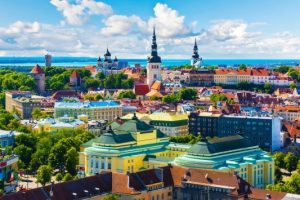
Tallinn is the capital of Estonia country, Steve. Europe. Founded in the 13th century. the Teutonic Order of Knights, a medieval German Knights set up in 1190 for the protection of Christians in the Holy Land but also the regions of the Baltic.
He was a member of the Hanseatic League with great economic boom. The Old City has fully kept its medieval structure, with narrow cobbled streets, medieval churches, medieval barns and warehouses. Also in the historical center there are many large mansions from the Hanseatic era. The Old Town of Tallinn from 1997 It belongs to the UNESCO World Heritage Monuments.
VILNIUS, several Lithuanian
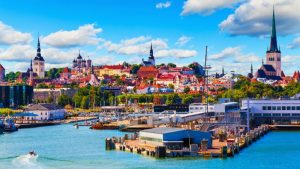
Vilnius is the capital of Lithuania and is the second largest city of the Baltic States.
Built at the confluence of the Vilnia and Neris river got its name from the river Vilnia.
From the 13th-18th century. It was the political center of the Grand Duke of Lithuania and King of Poland, Stephen Bathory. Before the Second World War, Vilnius was one of the largest Jewish centers in Europe so it was called the "Jerusalem of Lithuania" or "Jerusalem of the North", as named Napoleon, the 1812. The historic center of Vilnius is one of the largest in Europe and is known mainly for its baroque architecture.
Besides the baroque buildings of Vilnius has many Gothic and Renaissance buildings and churches, most characteristic building complex of the University of Vilnius (1579), featuring 13 patios framed by impressive buildings. The Old Town of Vilnius from 1994 It belongs to the UNESCO World Heritage Monuments.
MINSK, BELARUS
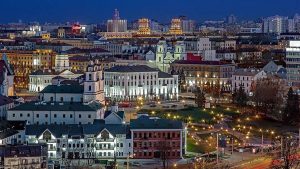
Minsk is the capital and largest city of Belarus.
Belarus is a country in Eastern Europe which borders with Poland to the west., Lithuania in the northwest., Latvia to the north., Russia in A.. and Ukraine in N.. Minsk is the seat of the Commonwealth of Independent States (CIS), who is the regional international organization bringing together the former Soviet Union.
The 1242 was part of the Grand Duchy of Lithuania and the 1499 He received Magdeburg rights .
From 1569 It was the capital of Vojvodina in Minsk, in Polish – Lithuanian Commonwealth. The historic center of Minsk is situated by the river Svisloch. It consists of the Upper Town, suburb Trinity Suburb, Rakov suburb and the area of the Castle of Minsk. Impresses with its historic buildings, the Orthodox and Catholic churches,
small streets and stone buildings with colorful facades, which have become the symbol of Minsk.
LJUBLJANA, Slovenia
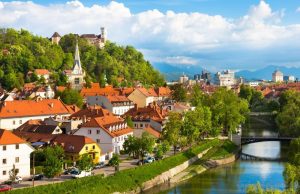
Ljubljana is the capital of Slovenia and is built on the banks of river Ljubjlanica, where she got its name.
The buildings of the Old Town of Ljubljana resemble the architectural style architecture in Vienna, Art Nouveau.
It is a creation of the famous Slovenian architect Plecnik Jose, (1872 – 1957) who within 3 decades (1920 – 1950) He gave Ljubljana modern design.
Virtually created modern buildings, such as the building of the Slovenian National and University Library, the building of the insurance company Vzajemna, Virtual Triple Bridge and parks, squares etc.. He has been awarded as "Green City 2016", friendly environment and residents. The city has 350.000 residents on which such 542 m2 public space per inhabitant. It has an extensive network of footpaths and cycle paths, length 220 km.
HELSINKI, FINLAND
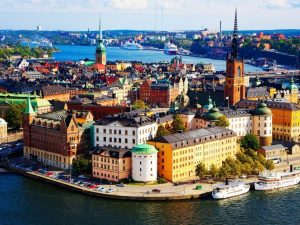
Helsinki was founded in 1550 by King Gustav I of Sweden, as a "counterweight" to the Hanseatic city of Tallinn.
The construction of the "Castle of Finland 'or Fortess of Suomenlinna (in Finnish Viapori), ie the marine fortress created to address the Russian invasion, added some prestige to the city.
The 1809 after the Finnish War and the subsequent annexation of Finland from Russia 1809, called Autonomous Grand Duchy of Finland, Helsinki began to be transformed.
The Fortess of Suomenlinna from 1991 It belongs to the UNESCO World Heritage Monuments.
Reykjavik, ICELAND
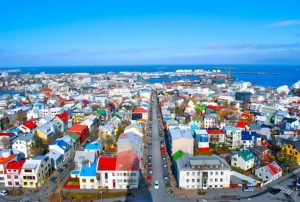
Reykjavik built in the sea area of the Gulf Faxa, It is the capital of Iceland.
Iceland is a small island country B. Europe, to B. Atlantic Ocean, located between Greenland, Scotland, the Faroes and Norway.
Reykjavik inhabited the 874 m. X. the Norwegian Ingolfur Arnarson and was also the first permanent settlement around which developed throughout the country.
Founded in 1786 organized as a commercial city and for the next decade has been the national center of Icelandic Trade. It is one of the cleanest, greener and safer cities of the world. Feature of the city is the Jewish church Hallgrimskirkja, which it took its name from the Icelandic poet and clergyman Hallgrimur Petursson (1614 – 1674), author of "Passion of Hymns" . The church has a height 74.5 m. and is the city's tallest building.
The Reykjavik's architecture is characterized by the colorful roofs of houses which stand out in the snow covering the country for months as temperatures, the winter, rarely fall below -15º C. Reykjavik has been voted "European Destination Adventure 2018".
LUXEMBOURG CITY, LUXEMBOURG
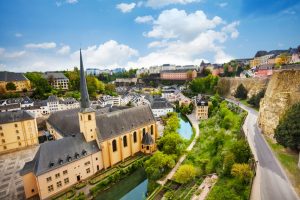
The Luxembourg City is also the capital of the Grand Duchy of Luxembourg. Built next to the rivers Alzette and Petrusse is the administrative and economic center of the country.
Founded by the Romans, who built the fortress Luciliburgum who gave his name to the country. From 16º century. until the 1867, when most of destroyed the walls of, He was one of the largest fortified areas in Europe.
Sightseeing is the Palace of the Dukes (16th ) and the Cathedral of Our Lady (17th).
The Old Town, The Rives de Clausen, still retains its medieval characteristics and a part of the fortifications, to Roman times. From 1994, the Old Town and the fortifications belonging to the UNESCO World Heritage Monuments.
knave, MALTA
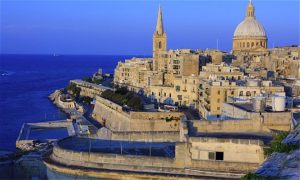
Valletta (or Maltese Il-Belt = Town) It is the capital of Malta.
Founded in 16º century. from the Order of the Knights Hospitallers of Jerusalem or Order of Malta.
The town got its name from the Grand Master, Jean Parisot de Valette who, as leader of the Order, it was he who ordered the resistance against the Ottomans 1565, the "Great Siege of Malta".
The Knights named «Humilissima Civitas Valletta» ie "Tapeinotati City of Valletta". The city's architecture is predominantly Baroque influences but there are Renaissance and neoclassical. Due to the impressive architecture of the largest firms in Europe Nobles called it «Superbissima = brilliant". At 12 October 2012, Valletta was voted 'European City of Culture 2018 " (ECoC). Valletta from 1980 It belongs to the UNESCO World Heritage Monuments .
LISBON, PORTUGAL
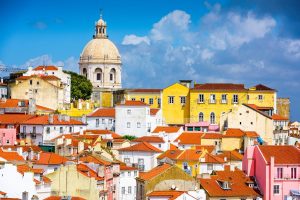
The Lisbon (or Portuguese Lisboa) It is built on seven hills, beside the River Tago. It is the capital and largest city of Portugal.
The city was the bequest 138 B.C. by the Romans and then, the 714 from the Moors.
Lisbon in the Middle Ages had developed commercial relations with the Mediterranean countries and North. Europe.
The 1497, the Vasco Da Gama discovered the Cape of Good Hope, sea passage to India, leading Portugal to have great economic boom in the trade of spices.
On November 1 1755, The earthquake destroyed the medieval town. The Old Town of Lisbon, known as Alfama, characterized by close, uphill and winding streets. The architecture is a mixture of Roman, Moorish, romance, Gothic, Renaissance and baroque influences. One of the main attractions is to medieval Castle of St. George or Castelo de Sao Jorge, which stands on top of the hill.
Typical architectural element of the modern city are the two large squares, the central Praca do Rossio and the Praca do Comercio, which is the main access to the river Tago. In the heart of the city is the largest park in Europe, Monsanto forest park or Parque Florestal de Monsanto, which occupies 10 km. Within the park has created the Ecological Park of Lisbon is a civil meeting point.





